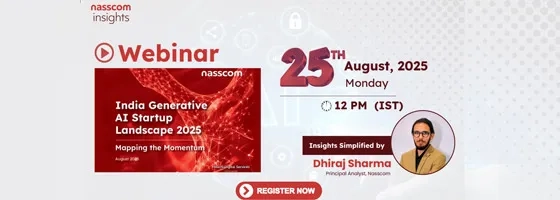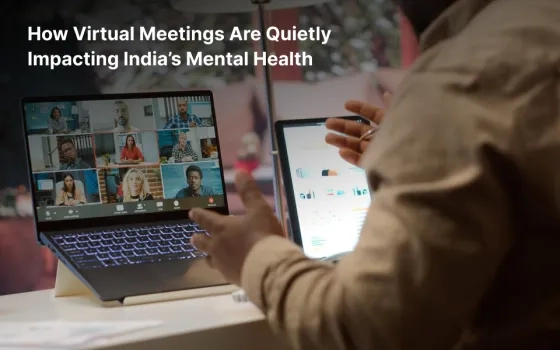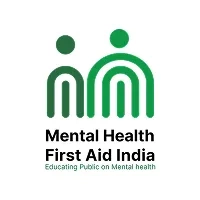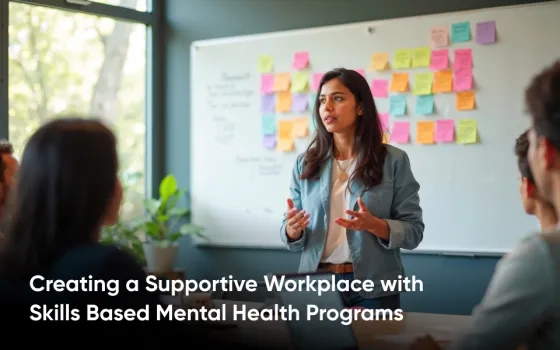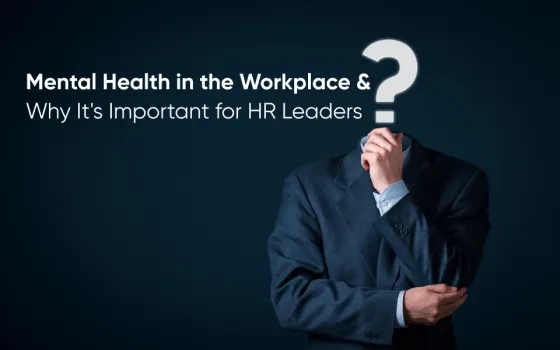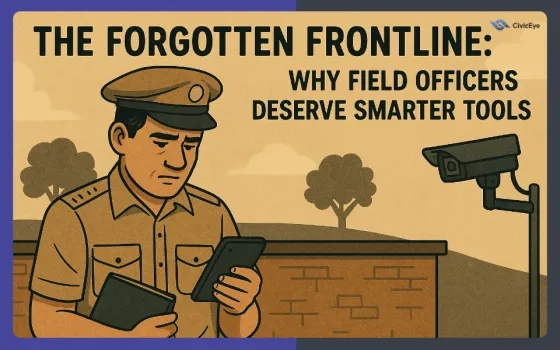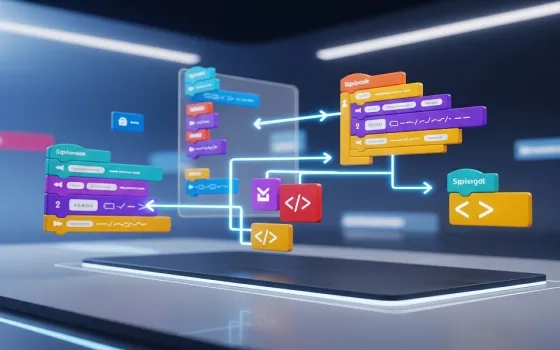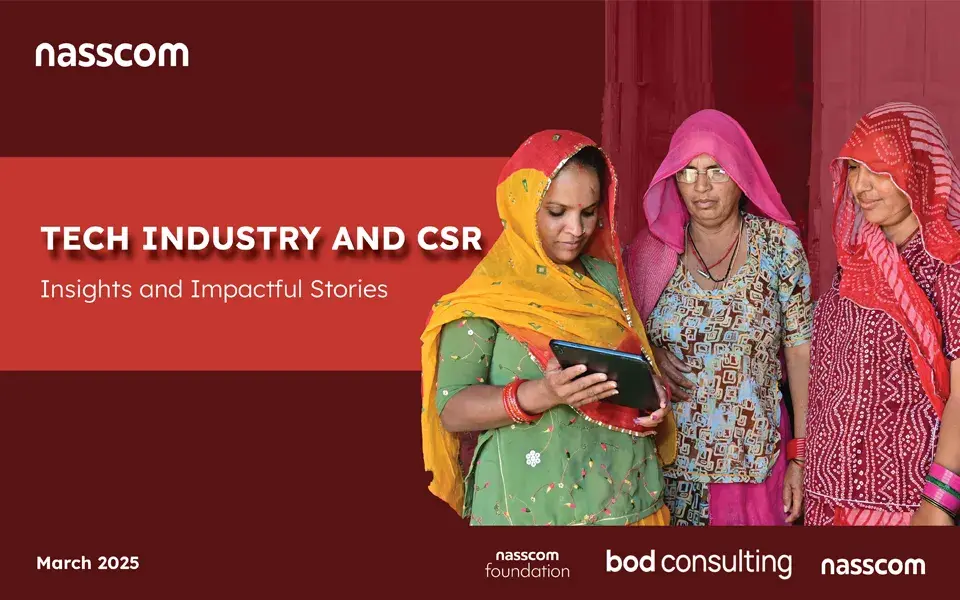Do you remember when video conferencing felt revolutionary? When organizations across India embraced digital meetings during the pandemic, the technology promised seamless workplace connectivity. Today in 2025, countless professionals face an unexpected consequence: profound exhaustion from spending hours in front of screens engaging with colleagues through virtual platforms.
Remote work has evolved into standard practice for many organizations, yet this transition brings unprecedented challenges. According to a 2022 Gallup report, employees with access to advanced digital tools continue experiencing elevated stress levels and feelings of disconnection, revealing issues that extend far beyond technological readiness. Emotional burnout, collaboration difficulties, and information overwhelm persist as significant obstacles to both productivity and mental wellness.
Understanding India's Digital Meeting Mental Health Crisis
What's occurring across Indian offices—from Mumbai's financial centers to Bangalore's technology corridors—transcends mere inconvenience and represents a legitimate mental health challenge. The relentless cycle of video conferences, managing domestic interruptions, and maintaining constant availability has created conditions perfectly suited for mental health deterioration.
Excessive videoconferencing usage contributes to what researchers term "digital meeting fatigue": experiencing anxiety, social isolation, or emotional exhaustion resulting from inadequate social connection (Elbogen et al., 2022). Within India's cultural context, this phenomenon intensifies due to factors including expectations to preserve hierarchical respect in virtual environments and difficulties interpreting non-verbal communication across diverse regional interaction styles.
The Neurological Reality of Screen-Based Communication
Contemporary research demonstrates that participants monitored through electroencephalogram and electrocardiogram devices during video calls showed distinct physiological stress responses to extended virtual conferencing (Washington Post, 2023). These findings reveal unique brain and cardiovascular reactions to prolonged digital interaction.
Consider a typical Indian work-from-home experience: you're participating in a video call with your supervisor while family members prepare meals nearby, internet connectivity fluctuates unpredictably, and you struggle to maintain professional demeanor while managing household duties. Your brain simultaneously processes multiple stressors, generating a form of mental exhaustion that presents uniquely challenging circumstances.
India-Specific Digital Meeting Challenges
Indian professionals encounter distinctive obstacles that intensify video call fatigue:
Multigenerational Household Dynamics: Many employees work from residences shared with extended family members, creating persistent background disturbances and interruptions during professional calls.
Technology Infrastructure Limitations: Inconsistent internet reliability introduces additional stress from technical malfunctions during critical business meetings.
Cultural Protocol Maintenance: Preserving formal respect and traditional hierarchy through video platforms demands greater mental energy than face-to-face interactions where subtle cultural signals are more easily communicated.
Global Time Zone Coordination: Information technology professionals frequently collaborate with international teams, necessitating video conferences during irregular hours that disrupt natural circadian rhythms.
Communication in Virtual Silence: While organizations increasingly permit camera-disabled participation to reduce fatigue and respect privacy, this practice often leaves speakers feeling disconnected or uncertain. In Indian professional culture, where direct eye contact, affirming gestures, and visual engagement demonstrate respect, the absence of visible participants can make conversations feel unbalanced or uncomfortable.
Culturally-Informed Solutions for Indian Organizations
Encouragingly, progressive Indian companies are implementing contextually appropriate solutions:
Camera-Optional Meeting Policies: Organizations have introduced flexible video requirements, acknowledging that not all employees have access to private, professionally suitable home spaces.
Culturally-Sensitive Scheduling: Companies prioritize meeting times that respect employees' family obligations and traditional cultural practices, reducing early morning and late evening video conferences.
Traditional Wellness Integration: Drawing inspiration from established Indian practices, organizations now encourage brief meditation intervals between video sessions to restore mental clarity.
Multilingual Communication Flexibility: Teams conduct internal discussions in regional languages when appropriate, reducing the cognitive burden of continuous English-only communication.
The Critical Role of Indian Leadership
Indian leaders possess unique positioning to address this challenge effectively. When a manager in Chennai openly acknowledges feeling depleted by excessive video calls, or when a team leader in Pune introduces "walking phone meetings" for individual discussions, these actions establish psychological safety for employees to voice their own struggles.
A CEO from a Hyderabad-based organization recently addressed his team: "We've all attempted to recreate our office environment through screens, but perhaps it's time to develop new approaches that align with our actual living and working realities." This type of culturally-aware leadership proves essential for sustainable change.
Seven out of ten individuals globally experience mental health challenges, resulting in one trillion dollars in lost productivity due to anxiety and depression in the worldwide economy (Spring Health, 2024). In India's rapidly expanding economic landscape, addressing video call fatigue extends beyond employee wellbeing to maintaining our competitive position in global markets.
Evolving Indian Workplace Models
As we progress through 2025, Indian organizations increasingly recognize that the future of work doesn't require choosing between in-person and remote arrangements—it involves creating hybrid frameworks that honor both professional requirements and cultural values.
Organizations positioned for success understand that Indian employees integrate their complete identities into work, including family responsibilities, cultural traditions, and community relationships. Successful companies design video conferencing policies that accommodate these realities rather than attempting to override them.
We're not retreating to pre-digital practices, nor should that be our goal. However, we can establish more sustainable, culturally-sensitive working methods that protect mental health while preserving the innovation and collaboration that characterizes vibrant Indian workplaces.
Moving Forward: Balancing Global Standards with Local Needs
The discussion surrounding video call fatigue in India fundamentally addresses how we balance international business practices with local cultural requirements. As mental health advocates, we have opportunities to guide this conversation and assist in creating workplaces that achieve both global competitiveness and local compassion.
Addressing digital meeting fatigue requires organizations to recognize that sustainable productivity emerges from respecting both technological capabilities and human limitations. The companies that will flourish are those that understand technology serves people, not the reverse.
What approaches has your Indian organization adopted to manage video call fatigue? Your experiences could provide valuable insights for others working to establish healthier workplace cultures suited to our unique context.
References
- Statista. (2024). "Mental health in India - statistics & facts."
- PubMed. (2022). "A National Study of Zoom Fatigue and Mental Health During the COVID-19 Pandemic."
- Spring Health. (2024). "2024 Workplace Mental Health Trends: A Proactive Approach to Well-Being."
- Washington Post. (2023). "Small study tracks physiological effects of 'Zoom fatigue'."
- Indian Journal of Psychiatry. (2024). "Mental health and well-being at the workplace."
- Press Information Bureau, Government of India. (2024). "World Mental Health Day 2024: Enhancing Mental Well-Being at Work."
This article is the intellectual property of MHFA India Private Limited. Any reproduction, distribution, or use without prior written permission is strictly prohibited.

